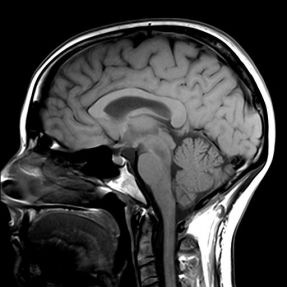
An MRI Helps Return This Pastor To His Pulpit
Posted In: MRI
Medical imaging, like an MRI scan or CT (CAT) scan, can be intimidating. It’s often a new experience for patients and the exam is ordered to find answers, so naturally, this uncertainty can cause anxiety for patients. Beyond the experience of the exam itself, there is an ongoing discussion on the appropriate use of health care, ensuring that the benefits of the care (in this case the MRI) outweigh the costs.
Taking control of your health care decisions is important, along with asking questions about the necessity of care. When it comes to medical imaging, there is a range of technologies – X-ray, Ultrasound, CT, MRI and beyond – to help provide answers to your medical conditions. Getting the right exam at the right time is critical in moving you quickly along an appropriate treatment path and saving health care dollars in the long run. Your provider, along with a radiology partner, will determine which technology is most appropriate for your specific case.
Medical imaging can improve outcomes and lower the total cost of health care by helping:
For more information, the FDA breaks down how medical imaging technologies differ and where they excel.
Your provider (specialist, medical doctor, nurse practitioner, chiropractor, etc.) relies on medical imaging when your symptoms are not responding to conservative treatments or he/she suspects a specific condition. The images and the corresponding diagnostic report written by a subspecialized radiologist allow for a clear look inside your body without surgery.

MRI of the Brain
CT of the Foot with 3-D Reconstruction
In addition, medical imaging can reveal more than a static image, showing how your body is functioning. For instance, an arthrogram allows the radiologist performing the exam to watch the inner movements of your joints.
Where you go for care matters as there are wide variances in quality and cost. We’ve created a Value Comparison Checklist to help you ask the right questions to understand quality in medical imaging and make an informed decision about where to go for care.
In medical imaging, “quality” means ensuring:
To understand costs, a number of online resources are emerging to help consumers understand the variances, but the best way to get an accurate idea of the cost of care is to call the facility you are considering and ask for a price estimate based on your insurance or if you are self-pay.
If your provider has recommended an MRI or another medical imaging exam, he or she believes it is the best next step in your care cycle. Be comfortable asking how the imaging results will impact your treatment plan and know that if you decide to have imaging done, where you go is up to you.
To learn more about RAYUS’s outpatient centers around the Sound, visit our website.